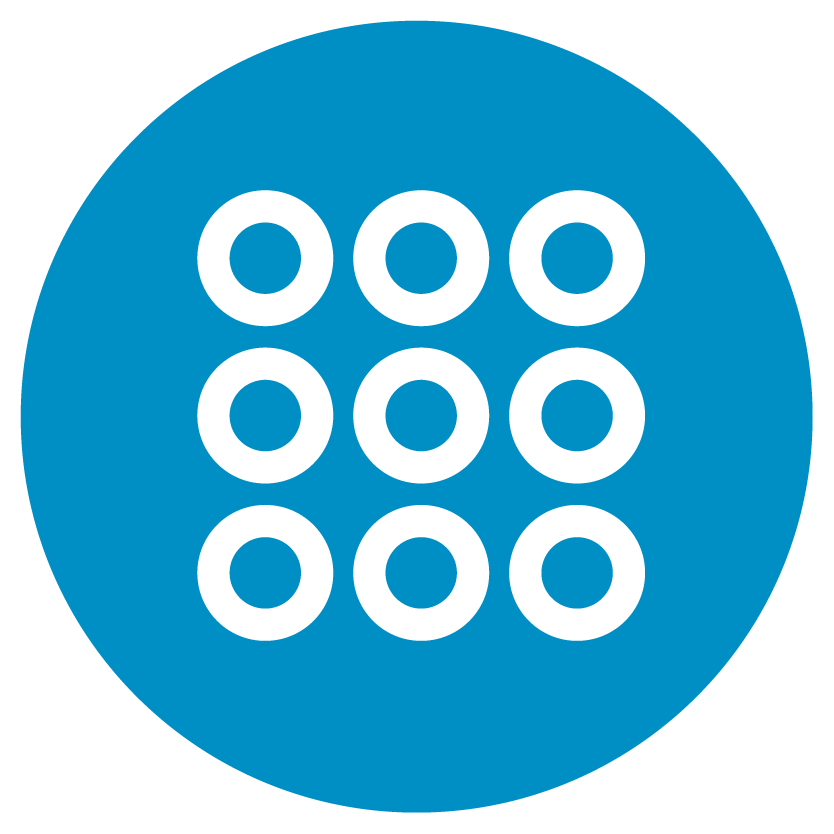Bioanalytical Track
Flow Cytometry: A Quantitative Science!
Wednesday, July 16, 2025
9:20 AM - 9:45 AM ET
Location: Vienna Ballroom: South, East + West

Virginia Litwin, PhD (she/her/hers)
Director, Scientific Affairs
Eurofins Clinical Trial Solutions
Bromont, Quebec, Canada
Speaker(s)
Flow cytometry is one of the most advanced technologies for quantitative cellular measurements. Not long after the first commercial flow cytometers became available, scientists from the societies which are now called the International Society for the Advancement of Cytometry (ISAC) and the International Society for Clinical Cytometry (ICCS), began thinking about standardization for the instruments and the assays. However, flow cytometry, as generally practiced, is rarely quantitative or rigorous; often results difficult to interpret and reproduce. This situation is due to a lack of effective education and implementation of best practices and principles. This presentation will review the basic elements of flow cytometer configuration and calibration and assay design, optimization and validation. On-going standardization efforts from the National Institute of Standards and Technology (NIST) Flow Cytometry Standards Consortium and the recently christened SOULCAP will be reviewed. In addition, the presentation will address how to meet future standardization needs as they arise. The processes for establishing consensus documents from the Clinical Laboratory Standards Institute (CSLI) (4) and American National Standards Institute (ANSI) will be presented as examples.
Learning Objectives:
- be aware of past, present and future of quantitative cytometry;
- have the knowledge and resources required to effectively configure and calibrate a flow cytometer
- have the knowledge and resources required to effectively configure and calibrate a flow cytometer

